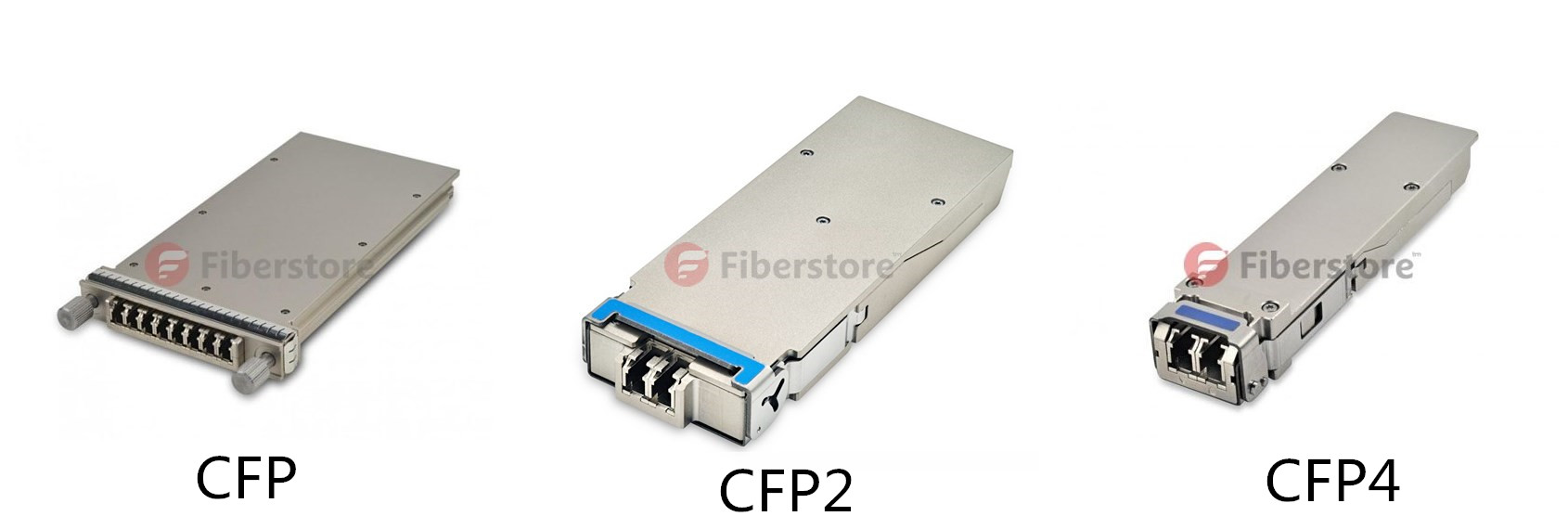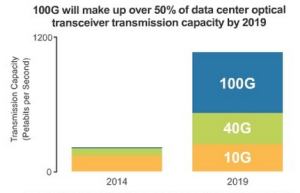An Irresistible Trend - 100 Gigabit Ethernet
In 2006, the IEEE 802.3 working group formed the Higher Speed Study Group (HSSG) and found that the Ethernet ecosystem needed something faster than 10 Gigabit Ethernet. Because the growth in bandwidth for network aggregation applications overpasses the capacities of networks employing link aggregation with 10 Gigabit Ethernet. HSSG is the first to propose that 100 gigabit per second for network aggregation applications. In January 2008, 100 Gb/s Task Force were formed. In June 2010, the 100GbE standards were approved. 100 Gigabit Ethernet (100GbE) means the computer networks transmitting data at rates of 100 gigabits per second.
There are two main advantages of 100 Gigabit Ethernet. And they are as following:
Fast speed: Compared with current 10 GbE protocol, 100 Gigabit Ethernet protocol is faster. The technology adheres to the principal Ethernet protocols and interfaces, while significantly boosting speeds and reducing network latency in the process. So for large users, 100 Gigabit Ethernet with heavy bandwidth and low latency is the best choice.
Low cost: Carriers and enterprises have to use multiple 10 Gbps connections to satisfy their aggregated bandwidth requirements because there are no alternatives to 10 Gbps. Each new 10 Gbps bandwidth step comes with additional switch and/or computer interfaces which are expensive. For example, the costs for 10x10G fiber cabling are more than the 1x100G cost. In one word, multiple 10 Gigabit Ethernet channels cost more than 100 Gigabit Ethernet network with just one channel.
As 100 Gigabit Ethernet comes into our daily life, 100G transceivers have been specifically designed to meet the needs of high speed. What kind of transceivers is suitable? CFP (C form-factor pluggable) transceiver supports the ultra-high bandwidth requirements of data communications and telecommunication networks that form the backbone of the internet. It’s compatible to 100 Gigabit Ethernet. Now there are CFP optical transceiver, CFP2 optical transceiver and CFP4 optical transceiver. From the diagram, the transceivers are smaller and smaller but with more optimization.
Today people are moving to the cloud in order to keep information in case it will be lost from one’s local memory storage on a computing device. Thus it increases the bandwidth demand. Most IT leaders believe that this causes significant network overload. Though 10 Gigabit Ethernet and 40 Gigabit Ethernet are common now, it’s said that 100 Gigabit Ethernet will make up over 50% of data center optical transceiver transmission capacity by 2019. So 100 Gigabit Ethernet is considered to be an irresistible trend to multiplex and transmit high amounts of data.

